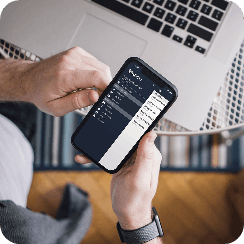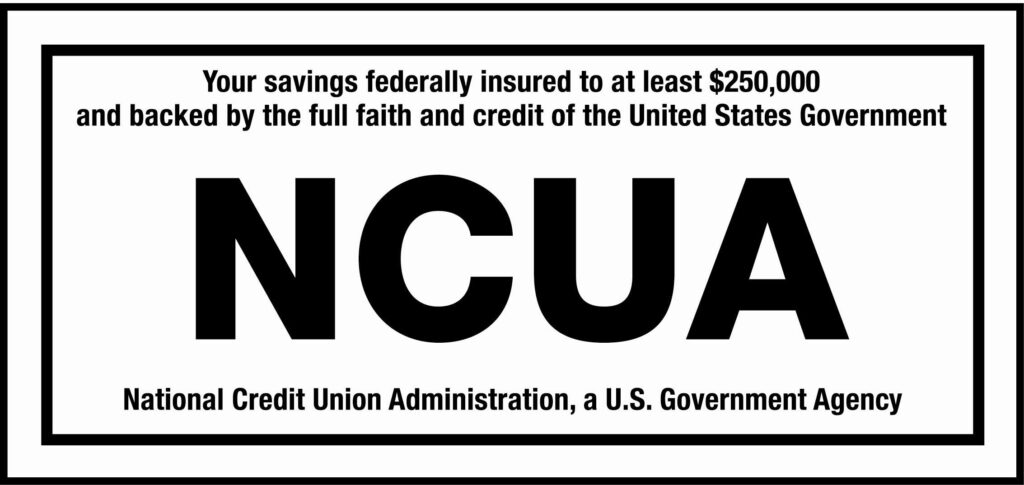12 Steps to Financial Wellness

Step 1: How to Track Your Spending
Are you ready to join us on a journey toward financial wellness?
Each month, AGCU will focus on one step of a journey of financial wellness. We’ll tackle the topic in detail and help you learn all you need to know about this step. Follow along, and at the end of the year, you’ll have mastered the tools for a life of financial wellness.
Tracking your spending is the first step toward greater financial awareness and, ultimately, toward financial health. However, mastering this skill is easier said than done. How can you track every dollar you spend when you make multiple purchases each day?
We’ve outlined how to track your spending in 3 easy steps.
1. Choose your tools
Tracing every dollar’s journey isn’t easy, but with the right tools, you can make it quick and simple. Choose from one of the following money-tracking techniques:
- Budgeting apps. AGCU has helpful budgeting tools with online banking. just log on to your account through our web portal and click on the “My Finance” tab. If your life happens on your phone, you use budgeting apps like YNAB or Mint to help you track your spending. Both apps allow you to allocate a specific amount of money for each spending category for each month and will enable you to track your spending with just a few clicks. It’s important to note that YNAB is not a free app, but that it may be worth the price for users who want to take on a more active role in their money management.
- Spreadsheet. If you like to see everything spelled out clearly, a spreadsheet might be a better choice for you. You’ll need to record every transaction, but if you prepare the sheet with all the spending categories you think you’ll need, this step shouldn’t take long at all.
- The envelope system. If you’re a big cash spender, consider withdrawing the cash you think you’ll spend in a month (or in a week) and keeping it in an envelope designated for each category. When you need to make a purchase, just use money from the envelope.
- Receipts. Hold onto every receipt from the purchases you make this month to help you track your spending.
- Pencil and paper. Recording each purchase the old-fashioned way can help you make more mindful money choices throughout the day. Be sure to keep a steady supply of both writing instruments handy at all times so you never miss a purchase.
2. Review your checking account and credit card statements carefully
Along with one of the tools listed above, you can track the purchases you make using plastic by reviewing your monthly checking account and credit card statements at the end of the month. You may receive these in the mail, or you can access them online by logging into your account and downloading.
3. Review and categorize your purchases
At the end of the month, use your chosen tool to review all the purchases you’ve made throughout the month. If you’ve used an app or a spreadsheet, adding your purchases to find the total amount of money spent will be simple. The app or spreadsheet may have already helped you divide the money spent into separate categories as well. Similarly, if you’ve used the envelope system, you should know how much you spent on each kind of purchase this month. However, if you’ve chosen another method to track your spending, you’ll need to crunch some numbers to get an accurate picture of your spending habits.
When completing this step, don’t forget to include any automated payments you may rarely think about, such as subscription fees and insurance premiums.
Tracking your spending and identifying your money drains is the first step toward greater financial awareness and responsibility. Use the tips outlined here to successfully master the skill of tracking your spending.
Read Step 1: How to Track Your Spending
Read Step 2: Creating a Budget
Read Step 4: Have the Money Talk With Your Partner
Read Step 5: Practice Mindful Spending
Read Step 7: How to Pay Yourself First
Read Step 8: Know When and How to Indulge
Read Step 9: Build and Maintain an Excellent Credit Score
Read Step 10: Plan for Retirement
Read Step 12: Review and Tweak
Banking With A Purpose
Much more than a catchphrase, our tagline is our passion, our reason why we do what we do. This is the impact of your membership with AGCU.
Learn More About Banking with a Purpose




